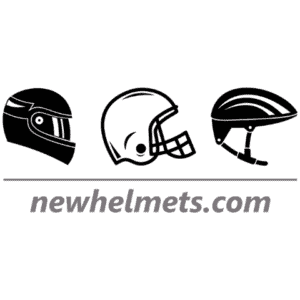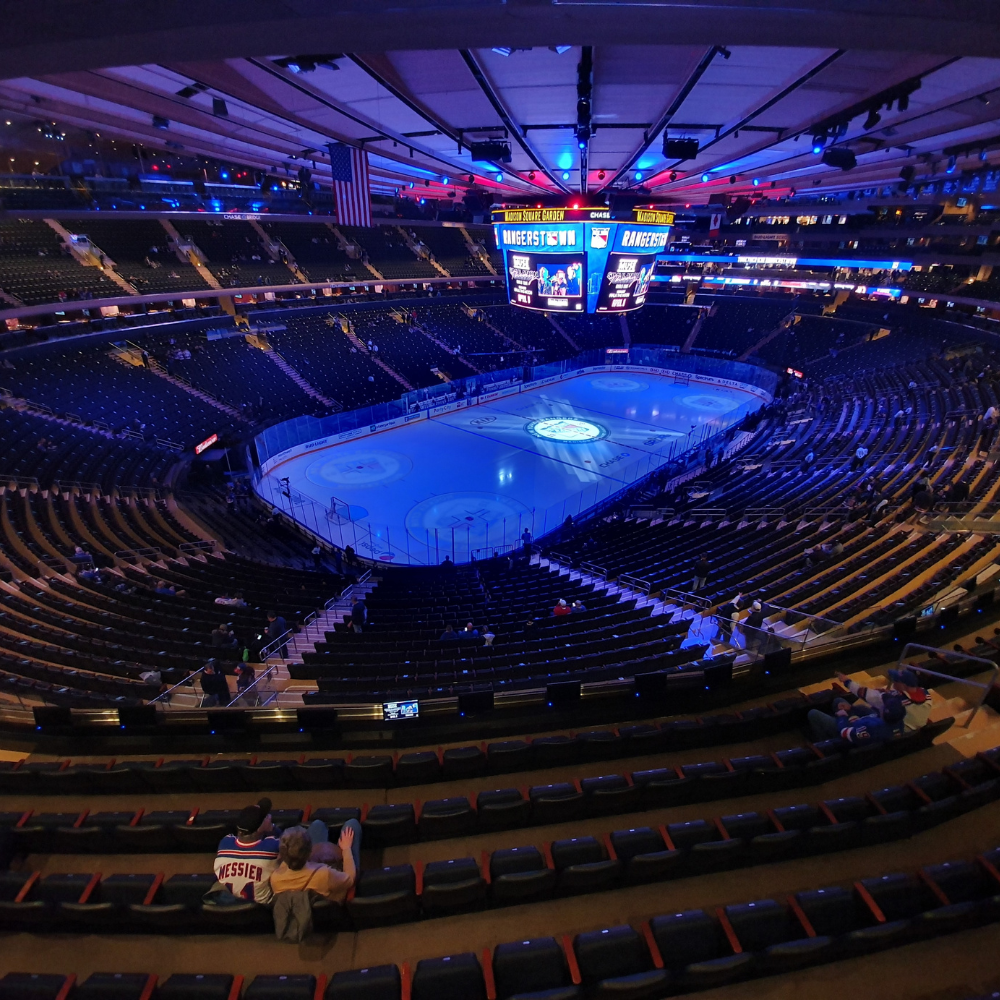While the rules of the sport do not state that NHL players must wear helmets during warm-ups, many do. However, it is worth noting that in the past, players such as Jaromir Jagr, Teemu Selanne, and Daniel Alfredsson have been known not to wear helmets during warm-ups. However, when playing hockey, wearing a helmet at all times is highly encouraged for safety reasons.
The rules do state that helmets must be worn during the game. Check out the NHL rule book for more information.
Why is it important to wear a helmet when warming up in the NHL
NHL players are not required to wear helmets during warm-ups, and there is no specific rule mandating it. Some players may simply choose to wear a helmet during warm-ups for personal preference or as an added layer of protection in case of accidental contact with other players or equipment. However, it is not considered a necessity for player safety during warm-ups.
Why is it essential to wear a helmet in the NHL
Helmets are worn in the NHL to protect players from head injuries. Ice hockey is a fast-paced and physical sport, and players are at risk of head injuries from collisions with other players, sticks, pucks, and the boards surrounding the rink. Wearing a helmet can help to reduce the risk of concussions, skull fractures, and other serious head injuries. The helmet can protect the player’s face and teeth from harm.
Can I play in an NHL game without wearing a helmet?
No, it is forbidden for a player to participate in an NHL game without wearing a helmet. This rule applies to all players, regardless of their experience or skill level. Not wearing a helmet is considered a violation of league rules and can result in penalties or fines for the player or team. The helmets used in NHL must also meet the standard safety requirements.
NHL rules for helmets
The NHL has specific rules regarding the use of helmets:
- All players are required to wear a helmet during games and practices. This rule applies to all players, regardless of their experience or skill level.
- The helmet must be worn properly, with the chin strap securely fastened.
- The helmet must be worn throughout the game, from the start until the player leaves the ice.
- The helmet must be certified by the National Operating Committee on Standards for Athletic Equipment (NOCSAE) and comply with the standards set by the Canadian Standards Association (CSA) or the American Society for Testing and Materials (ASTM).
- A player may not wear a helmet that has been modified or altered in any way.
- Any player who loses their helmet during play must immediately leave the ice and retrieve a replacement helmet before returning to the game.
- Any player who is found to violate these rules may be subject to penalties or fines.
These rules are in place to ensure players’ safety and minimize the risk of head injuries. It’s important to note that the NHL is continuously monitoring and updating the rules regarding helmets to make sure the players are protected most optimally.


